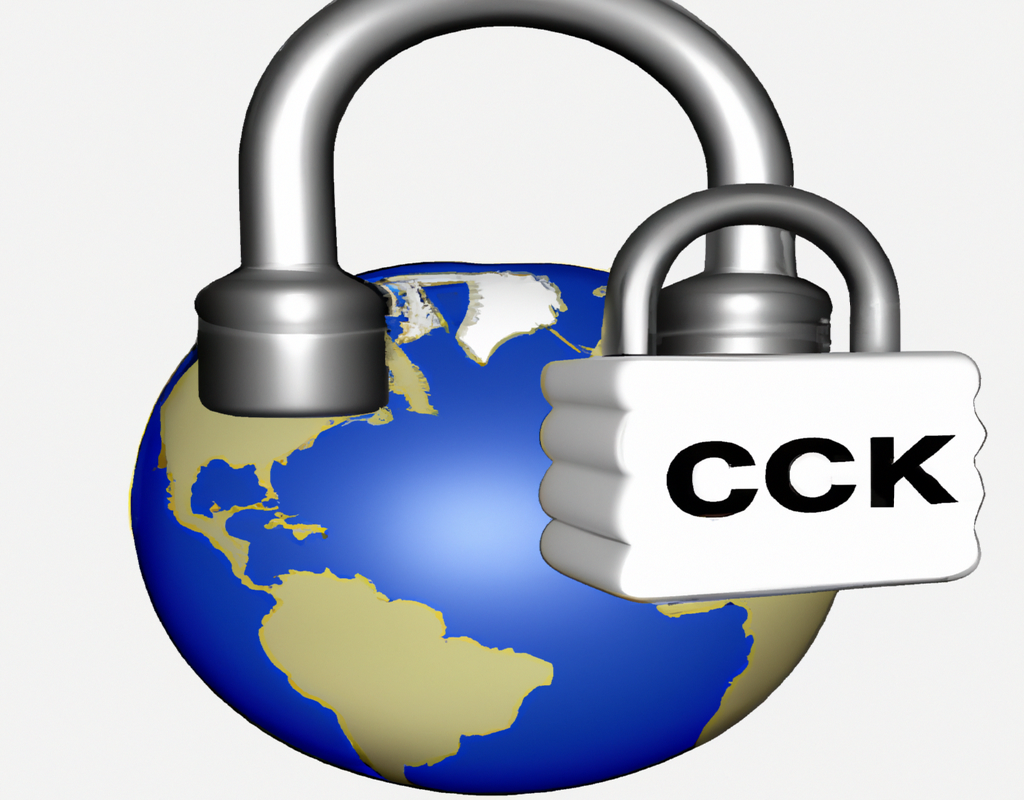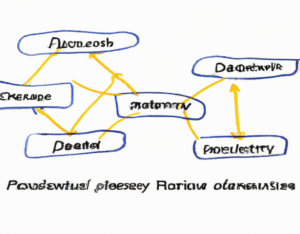Introduction
In today’s digital world, the significance of geo-restricted content cannot be overstated. Geo-restricted content refers to online content that is limited or blocked based on the user’s geographical location. It has a profound impact on users’ access to information, entertainment, and online services, making it crucial to understand its implications.
Understanding Geo-Restricted Content
Geo-restricted content is online content selectively available to users in specific regions or countries. Streaming services like Netflix, Hulu, and BBC iPlayer often implement geo-restrictions to control content distribution and comply with licensing agreements. Users outside the designated regions or countries are typically blocked from accessing the restricted content.
For example, Netflix offers different libraries of content depending on the user’s location. Subscribers in the United States might have access to a different selection of movies and TV shows compared to those in the United Kingdom or Australia.
How Geo-Restricted Content Works
Geo-restricted content is enforced using various technologies and methods. One common method involves analyzing the user’s IP address, a unique identifier assigned to devices connected to the internet. By examining the IP address, streaming services can determine the user’s approximate location.
Streaming platforms use this location information to either grant or restrict access to specific content based on licensing agreements or regional regulations. If a user’s IP address indicates they are outside the approved region, they will be denied access to the content.
Reasons for Geo-Restrictions
Geo-restrictions are implemented for several reasons. One primary reason is legal compliance. Streaming platforms must adhere to copyright laws and licensing agreements, which dictate where content can be distributed. These agreements often limit the availability of content to specific regions or countries.
Censorship is another reason for geo-restricted content. Governments or regulatory bodies may impose restrictions on certain online content for political, social, or cultural reasons. Access to this content is limited to users within specific regions or countries, effectively blocking users outside those regions from viewing it.
The Impact of Geo-Restricted Content
Geo-restricted content has several negative effects on users. One significant impact is the limitation on access to information and entertainment. Users in restricted regions may miss out on valuable educational resources, news coverage, or cultural content that is only available in other countries.
Moreover, geo-restrictions can perpetuate discrimination and inequality. Users in less economically developed regions may have limited access to the same range of services and content as users in more affluent regions. This digital divide can further exacerbate existing inequalities and hinder global connectivity.
Accessing Geo-Restricted Content
Despite the restrictions, there are methods available to bypass geo-restrictions and access blocked content. One popular method is using a Virtual Private Network (VPN). A VPN allows users to connect to servers located in different regions, effectively masking their IP address and making it appear as if they are accessing the content from an approved location.
Another approach is using proxies, which act as intermediaries between the user and the restricted content. Proxies can route the user’s internet traffic through servers in approved regions, enabling access to geo-restricted content.
However, it’s important to note that using these methods may have legal implications and potential risks. Some streaming services actively block VPN and proxy connections, and using them may violate the terms of service. Additionally, free proxies may compromise user privacy and security, so caution should be exercised when choosing these methods.
Challenges in Accessing Geo-Restricted Content
While bypassing geo-restrictions is possible, it’s not always guaranteed to work. Streaming services constantly improve their technology to detect and block users attempting to access restricted content. They employ advanced techniques, such as deep packet inspection and sophisticated algorithms, to identify and block VPN and proxy connections.
Additionally, streaming services collaborate with content providers and copyright holders to enforce geo-restrictions more effectively. This collaboration involves sharing information about unauthorized access attempts and taking legal actions against individuals or services that facilitate content piracy.
Determining If Content Is Geo-Restricted
To determine if content is geo-restricted, there are a few tips and tricks you can employ. Firstly, you can check the availability of content on different streaming platforms based on your location. If certain content is accessible on one platform in a specific region but not on another, it indicates geo-restrictions are in place.
Furthermore, you can use online tools that provide information on the availability of content in different countries. These tools allow you to search for a specific title and see if it’s accessible in your region or subject to geo-restrictions.
Understanding geo-restricted content and its implications is essential in today’s interconnected world. It sheds light on the challenges users face in accessing information and entertainment globally and the methods available to overcome these restrictions, albeit with certain risks.



